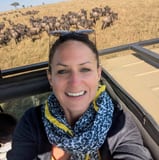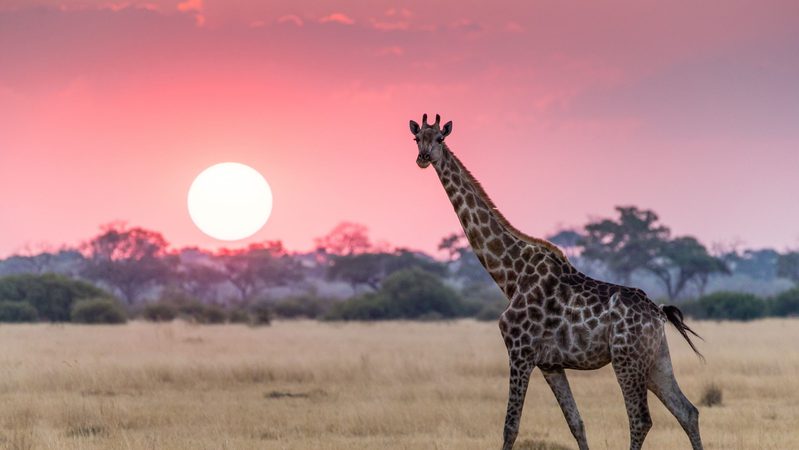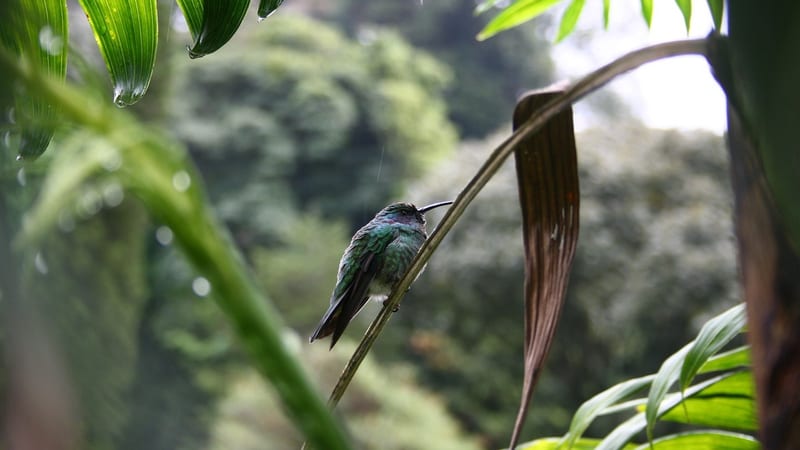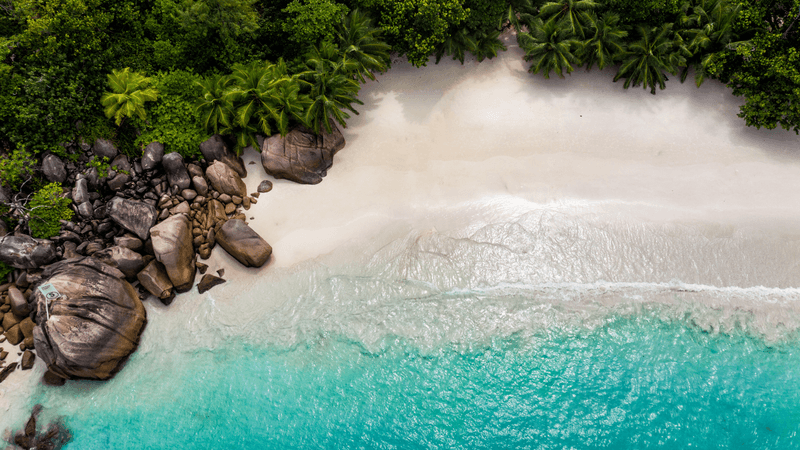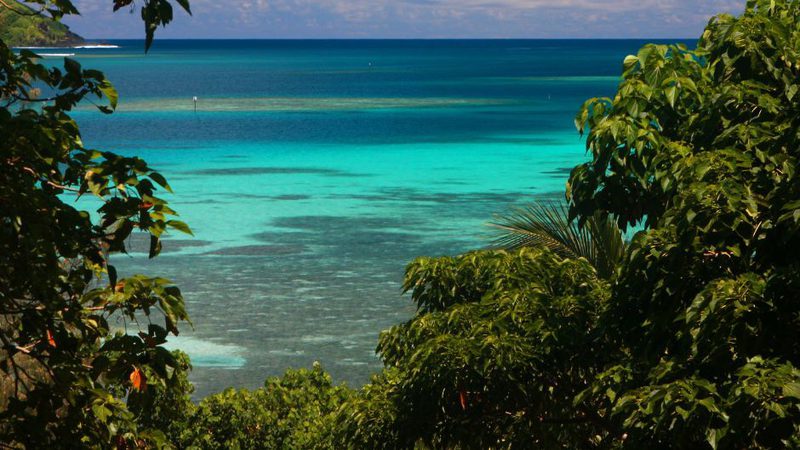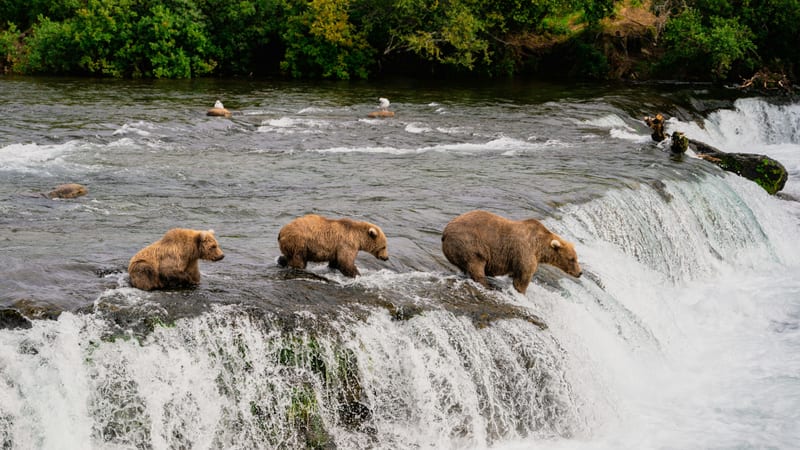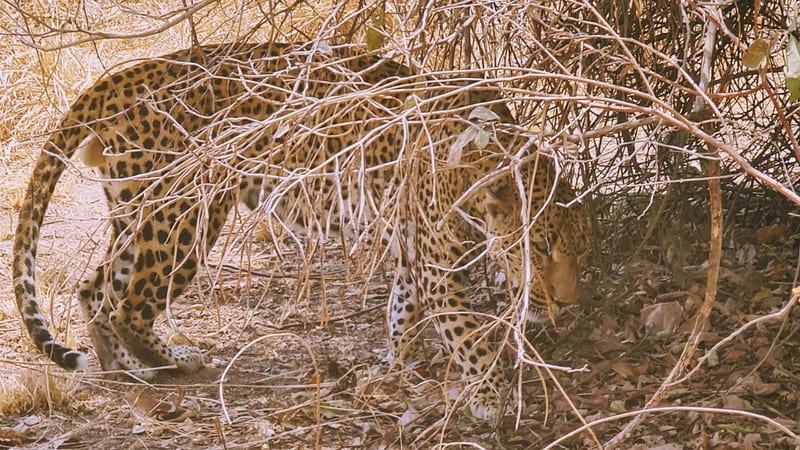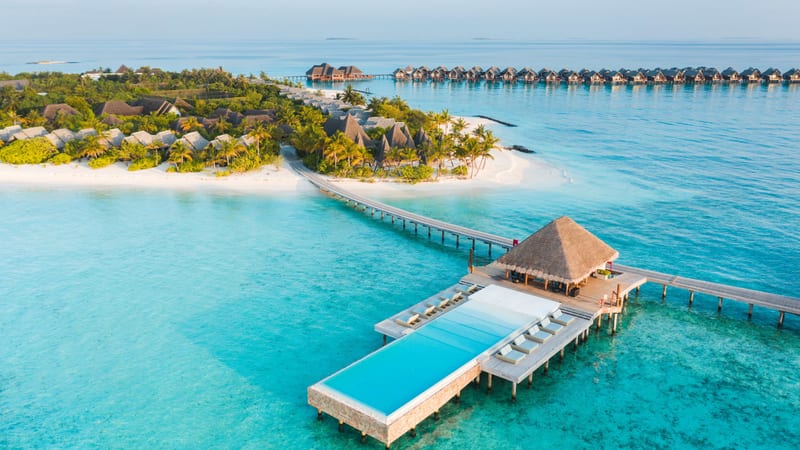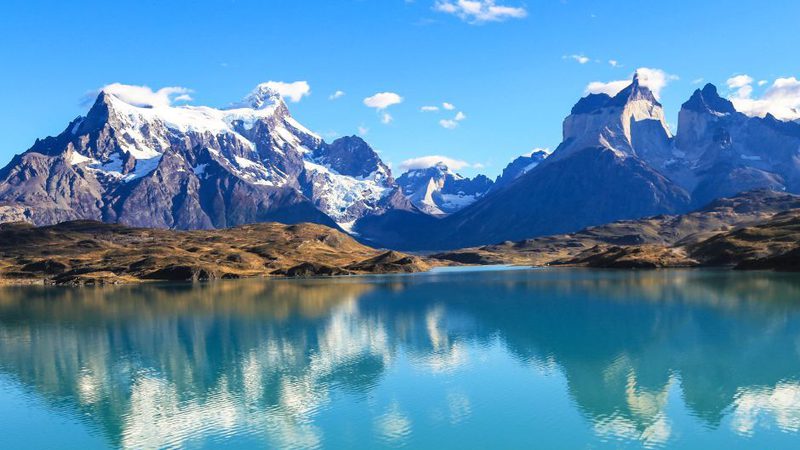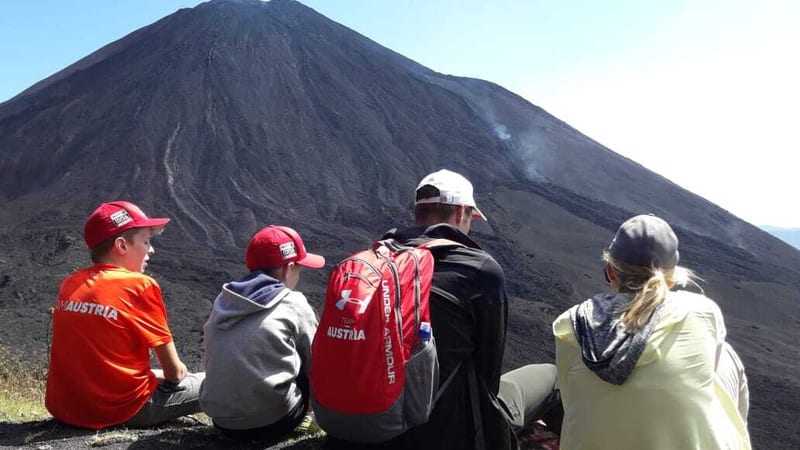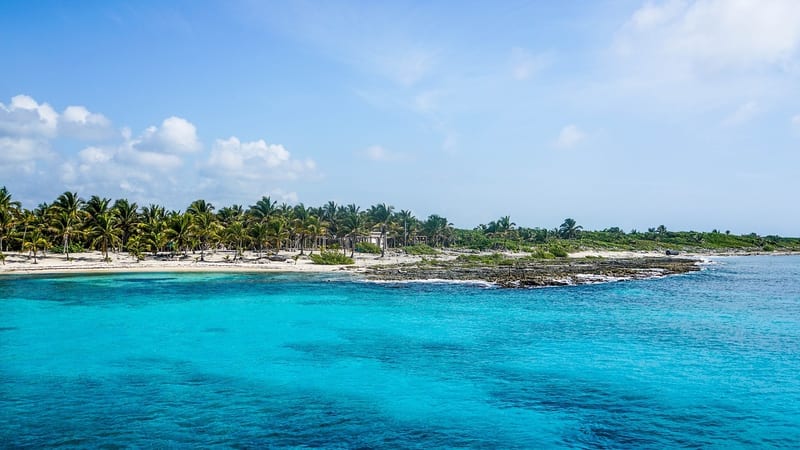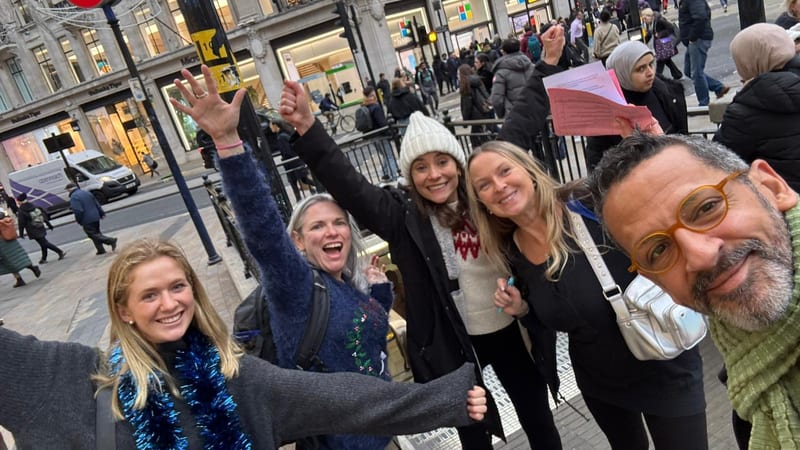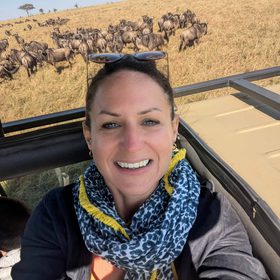Okaukuejo Rest Camp offers exceptional wildlife viewing and comfortable stays around its famous floodlit waterhole.
Location: Located just 17 km from Anderson Gate in the southern section of Etosha National Park, Okaukuejo Rest Camp serves as the park’s administrative centre and is home to the Etosha Ecological Institute. Established in 1901 as a military outpost, the camp retains its historic charm, with its iconic stone tower offering a glimpse into its past. Its prime position next to a floodlit waterhole makes it one of the most visited and iconic camps in Etosha.
Rooms: Okaukuejo offers a wide variety of accommodation, catering to different preferences and budgets. The premier waterhole chalets and double waterhole rooms provide unrivalled views of the bustling waterhole, while bush chalets and family units offer more space for families or groups. Standard double rooms are ideal for those seeking comfort and convenience, all featuring en-suite bathrooms and basic amenities. Campsites are also available for guests seeking a more immersive experience.
Amenities: The camp is well-equipped with a swimming pool, restaurant, bar, petrol station, and tourist shop. Conference facilities are also available. En-suite rooms come with tea/coffee-making facilities, fridges, and access to all shared camp services. The camp caters to both leisure and business travellers.
Activities: Guests can enjoy early morning and sunset game viewing at the nearby waterhole, where elephants, lions, and endangered black rhinos frequently gather. The floodlights after dark offer a unique opportunity to witness nocturnal wildlife interactions. Self-drive and guided safari options are also available.
Sustainability: As the site of the Etosha Ecological Institute, Okaukuejo plays a key role in conservation research within the park. The camp supports Namibia Wildlife Resorts' broader environmental goals, including responsible tourism and wildlife protection efforts.
Best places to stay in Southern Etosha
Southern Etosha Trip Inspiration
When to go to Namibia
Find out the best time to visit Namibia with our month by month guide.
- Best
- Good
- Mixed
- Jan
- Feb
- Mar
- Apr
- May
- Jun
- Jul
- Aug
- Sep
- Oct
- Nov
- Dec
January
Bring your umbrella, it's rainy season. January is mid-summer in Namibia with the possibility of torrential downpours mid afternoon, but with temperatures of 30-35 degrees it tends to be hot and humid.
February
Similar to January, it is hot and humid with the chance of a downpour in the afternoon.
March
In March, rainfall starts to decrease and temperatures lower with nights becoming increasingly cool. Although daytime temperatures remain hot reaching up to 30 degrees.
April
April is predominantly dry and hot, although there can be a couple of sporadic rainy days across the month.
May
Winter is coming. May has little or no rainfall and the humidity is low, in northern regions around Etosha you'll find fresher, greener landscapes with wildlife gathering around depleting watering holes.
- If you're looking to tackle the Fish River Canyon Hike this is the best time to visit Namibia.
June
In June the nights are cold and temperatures can drop below 10 degrees, whilst in the Namib desert it can reach below freezing. There is no chance of rain as the dry season is in full flow.
July
Visitors in July will experience one of Namibia's coldest months, be sure to pack warm clothing as game drives can be chilly.
August
Like July, visitors in August will experience one of Namibia's coldest months, be sure to pack warm clothing as game drives can be chilly and night time temperatures can drop below freezing both at the coast and inland.
September
Considered the best month to travel to Namibia, September is temperate with clear dry skies and low humidity levels.
October
In October game viewing is at its best, the vegetation is fading with temperatures rising up to 29 degrees.
November
Heat continues to rise, with humidity levels remaining low, however there is a chance of rain in the afternoons.
December
December brings the first rains of the season, bringing everything to life as animals start to disperse as more water becomes available.
Speak to a Namibia expert today
and start planning your tailor-made holiday

Alistair
